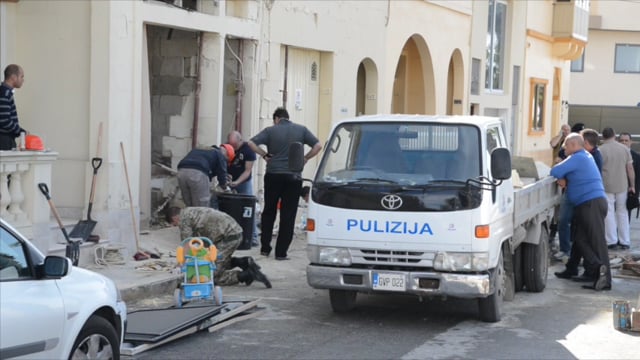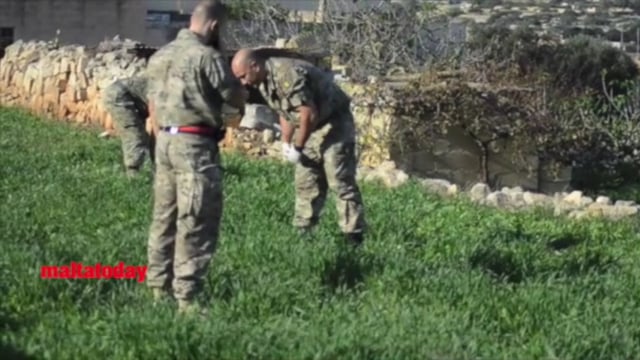Zurrieq bomb | Witness describes scene, bomb expert explains what EOD unit is looking for
Salvu Sammut was preparing to go trapping when he heard a loud explosion • Retired army colonel Albert Camilleri explains how remains could lead to bomb make


Salvu Sammut had just woken up and put the kettle on the stove when he heard a loud explosion outside his house at 4:45am. Running outside his house on Blue Grotto Avenue, Sammut saw a big plume of smoke and feared the worst for his neighbours, a family of five who live just two doors away from him.
The explosion came from the bomb targeting the house of police inspector Geoffrey Azzopardi, 38, who was with his 38-year-old wife and their children aged 13, seven and a toddler.
Luckily, no one was injured in the explosion but an elderly couple, neighbours, were treated for shock.
It was Azzopardi himself who called the police soon after the bomb detonated.

“I was preparing to go trapping when I heard a loud explosion. I ran outside and saw a big plume of smoke. I started shouting to see whether there was anyone injured and the inspector came out asking what happened,” Sammut told MaltaToday.
He then walked on to a second house, which was also damaged in the attack. “I started calling out their names but no one answered. Then I heard voices and a woman saying ‘I don’t know what’s happening’. But they reassured me they were doing ok.”
Sammut’s own residence had shattered glass. He said that police officers were on site within minutes.
Members of the Armed Forces of Malta’s Explosive Ordinance Disposal were on site inspecting the house and sifting through the rubble. AFM commander Jeffrey Curmi, a bomb disposal expert, was also on site.
The make of the bomb is a crucial element in the police’s investigations. Deciphering the make and type of the bomb could lead them to whoever constructed it, which in turn could lead them to the person or persons behind the attack.
Retired army colonel Albert Camilleri, an explosives expert, said that sifting through the debris caused by the bomb was an obligatory procedure to try and discover what sort of bomb and explosives were used.
“One starts off by understanding what type of explosive was used,” he said, adding that he used to divide the explosives in two: high and low explosives.
Camilleri explained that high explosive would usually be material coming from war bombs. Low explosive, on the other hand, would be material used to make fireworks. “The damage on site immediately indicates what sort of explosive was used.”
Camilleri added that even the way doors were damaged indicate the type of explosive used as there are cases where doors are simply blown off their hinges or are shattered.
A bomb consists of the container and the explosive and putting together the container leads the experts to the type of explosive used.
“Normally, high explosive material result in large pieces which are blown far off; the use of low explosive material causes small pieces,” Camilleri said, adding that each case had its own merits.






.jpg)












.jpeg)





